
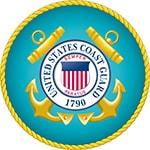
United States Coast Guard
Semper Paratus – Always Ready
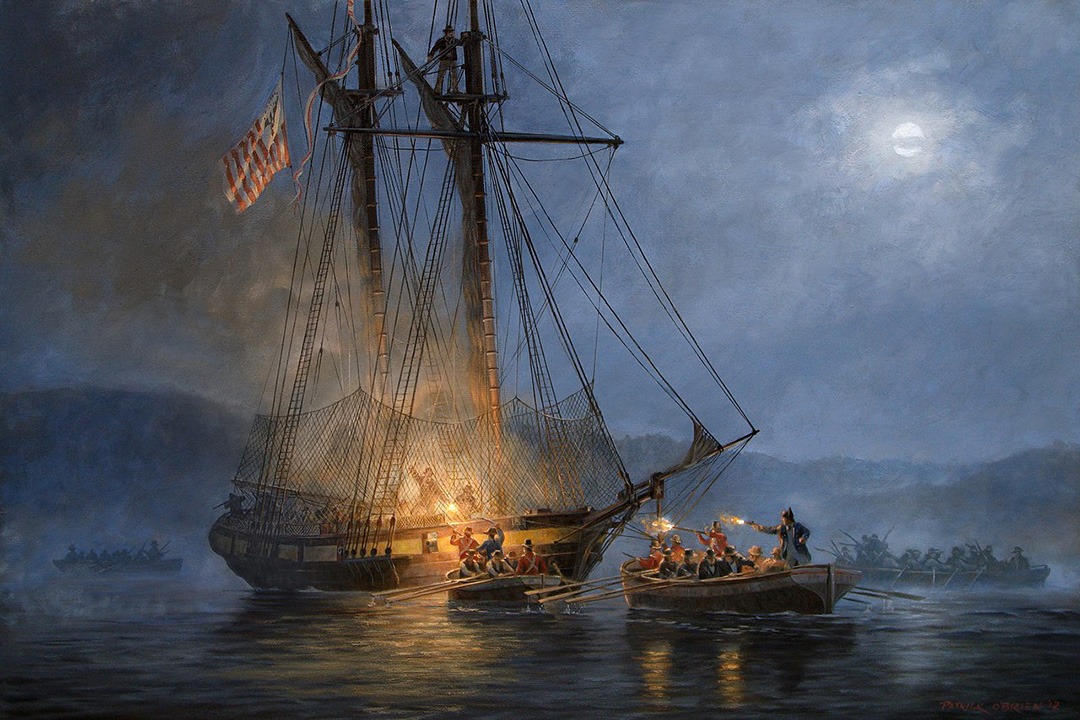
The United States Coast Guard has its roots in the Revenue Cutter Service, which was established by George Washington in 1790 to enforce maritime laws, collect tariffs and revenue much needed for the U.S. Department of the Treasury, and to end smuggling along the Atlantic Coast. Initially called the Revenue-Marines, the Revenue Cutter Service was initially given ten ships called “cutters” with which to carry out their duties and were the only maritime defense of the nation between 1785 (when the Continental Navy was disbanded) and 1798 (when the United States Navy was created).
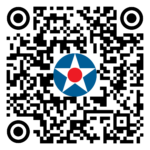
Scan to view this page on your mobile device
A few years before the establishment of the Revenue Cutter Service, Humane Society of the Commonwealth of Massachusetts aimed to prevent shipwreck associated deaths. They began erecting life-saving stations along the coast and, over the course of the next 100 years, additional stations were added throughout Massachusetts and Rhode Island as were provisions for the employment of surfmen. In 1878, this network was officially established as part of the Treasury Department and called the United States Life-Saving Service (USLSS). Over the course of the next 37 years, the USLSS grew to 13 Districts across the continental United States.
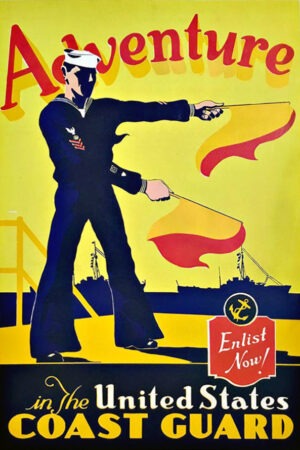 A New Mission
A New Mission
The USLSS and the Revenue Cutter Service were merged by an act of Congress in 1915 to create the United States Coast Guard. Little changed for almost a quarter century. But, in 1939, the Coast Guard became responsible for the construction and maintenance of lighthouses, management of lighthouse vessels and personnel, and provision of navigation assistance to vessels, when it was merged with the U.S. Lighthouse Service, also known as the Bureau of Lighthouses. Less than a decade later, the Commerce Department’s Bureau of Marine Inspection and Navigation was also added, to create what we think of today as the United States Coast Guard.
GALLERY.
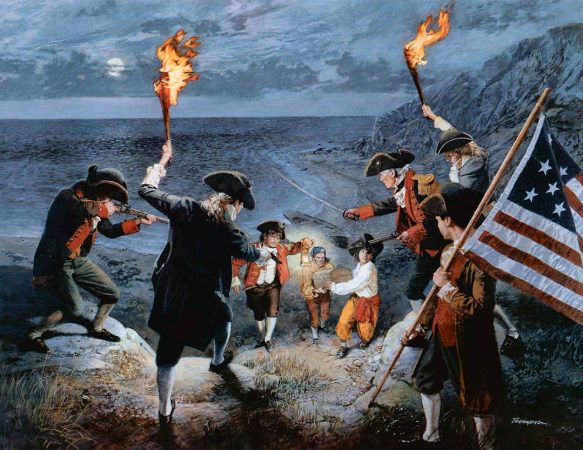
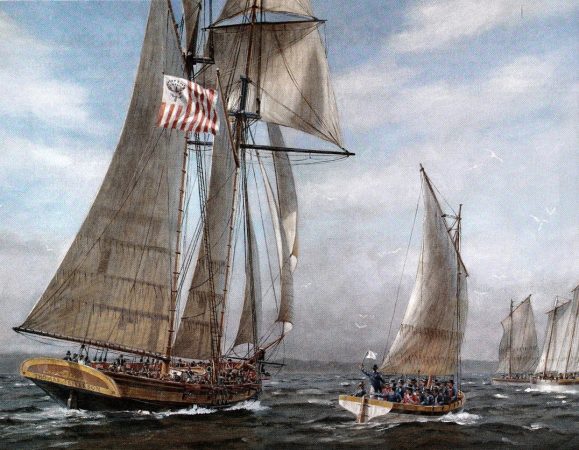
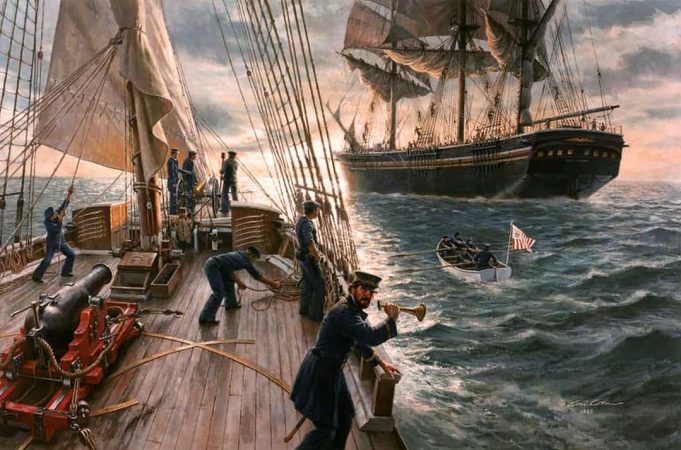
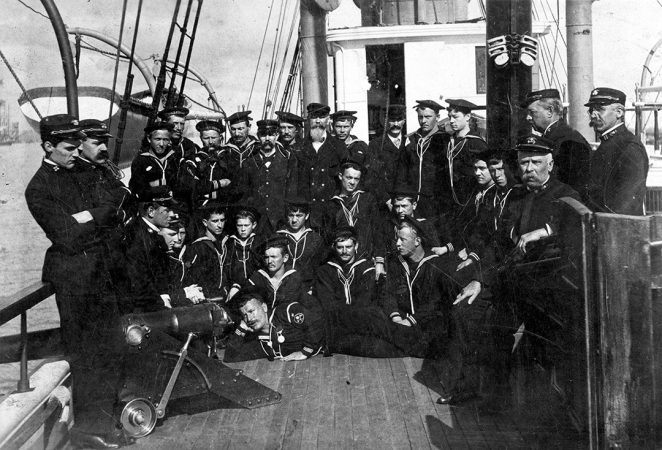
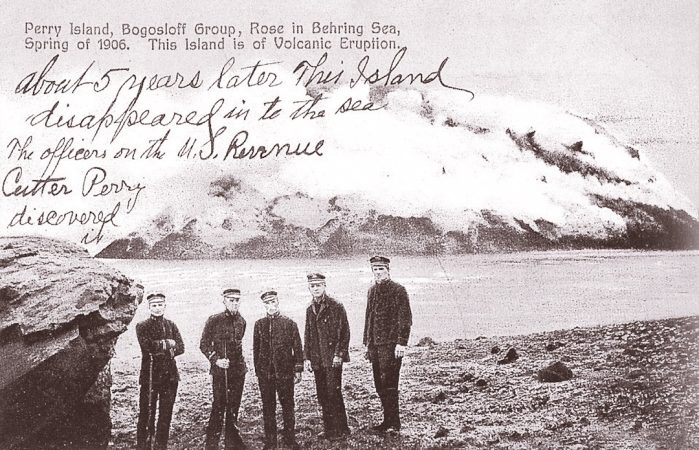
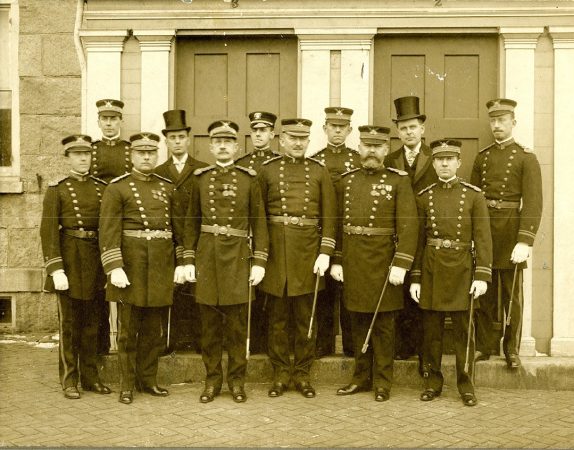
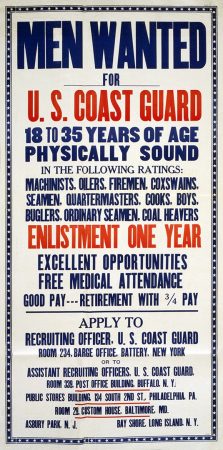
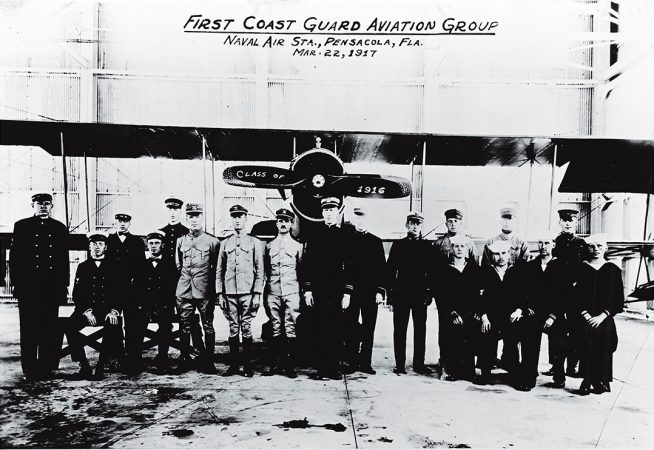
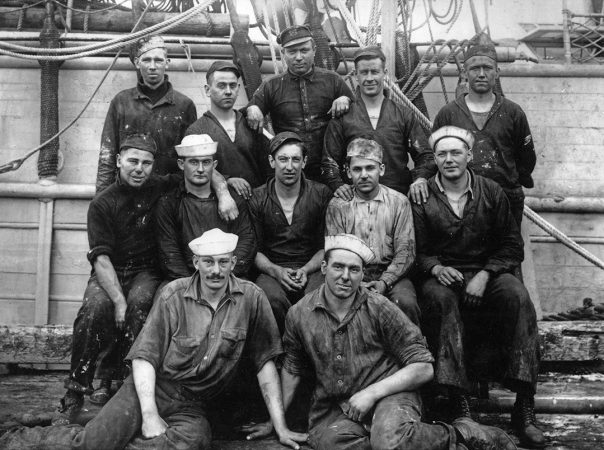
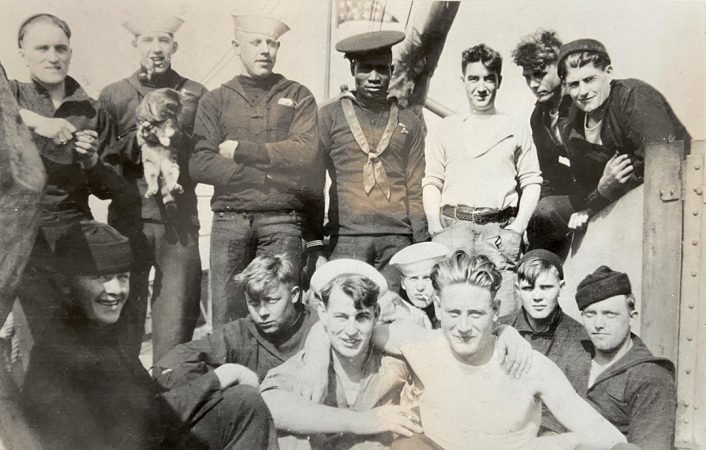
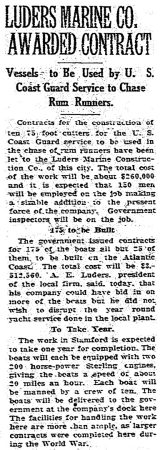
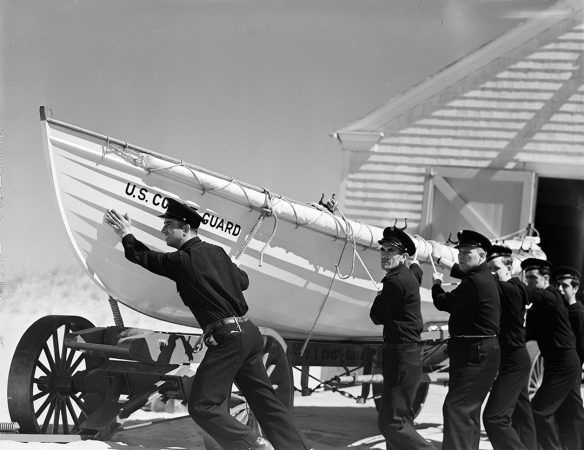
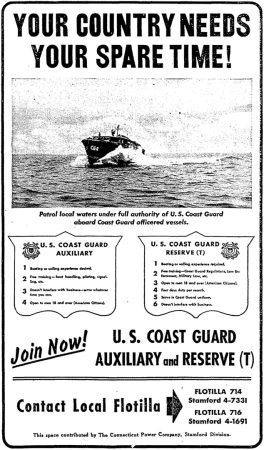
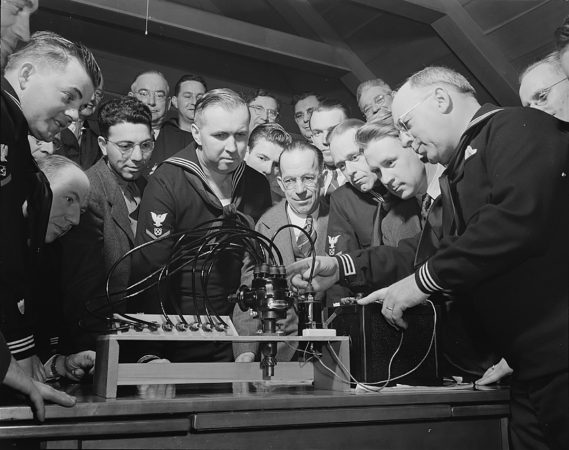
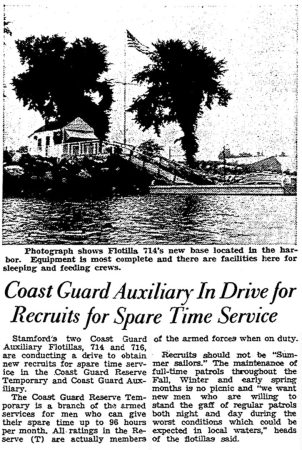
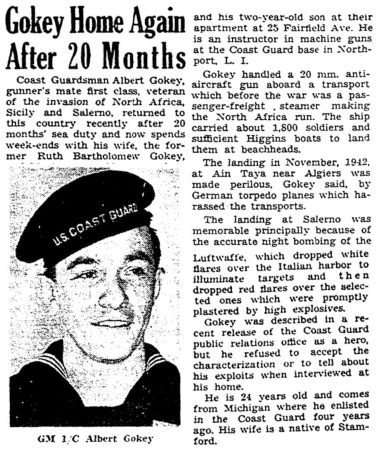


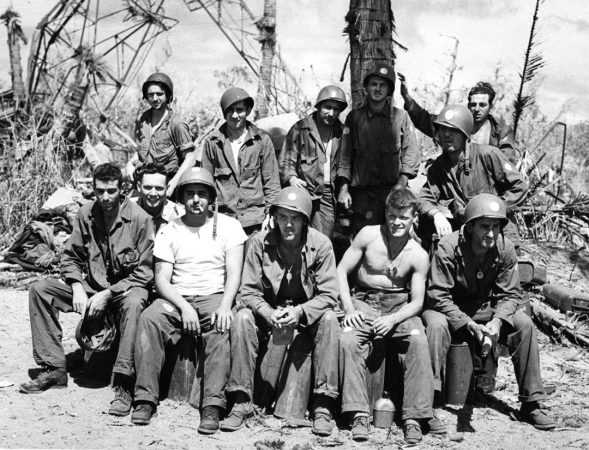
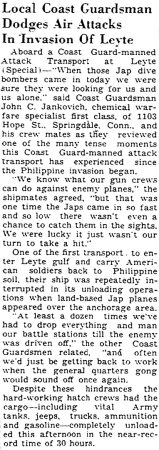

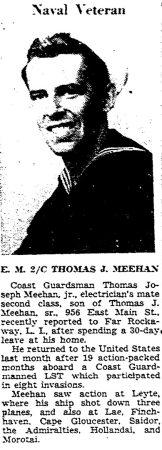

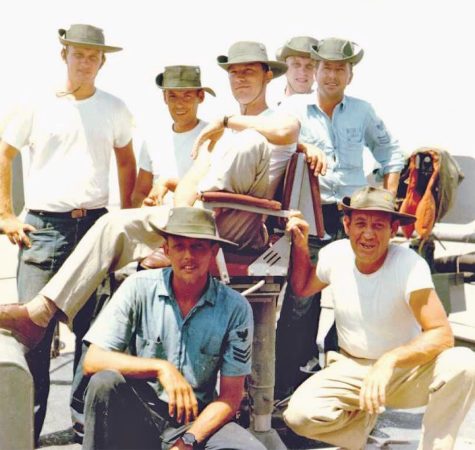
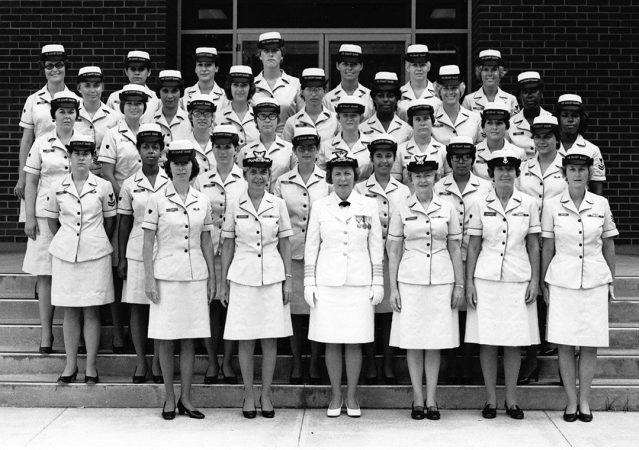
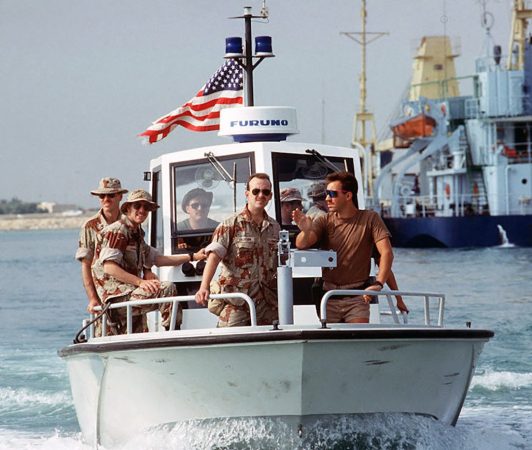
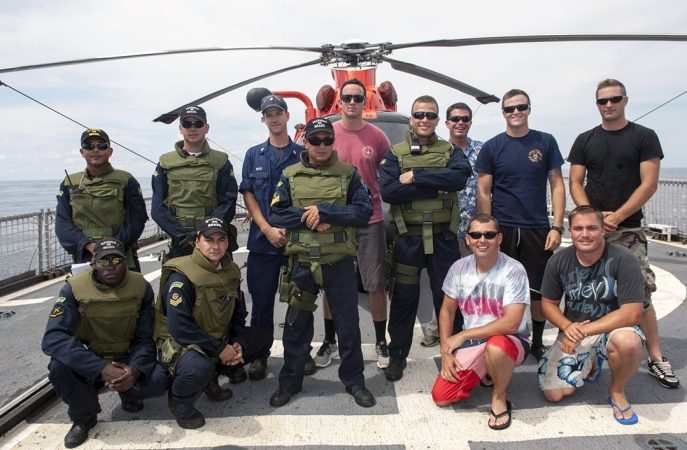
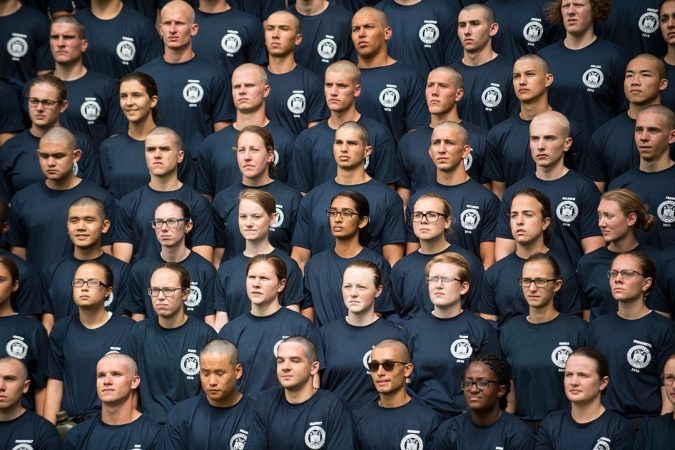
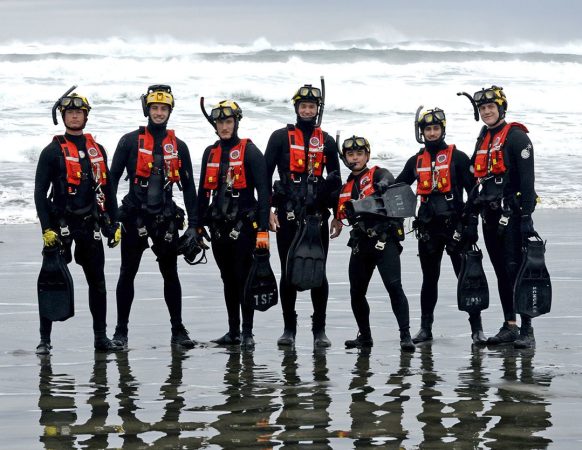
Evolution to Today
Part of the Treasury Department until 1967, the U.S. Coast Guard now operates as part of the Department of Homeland Security during peacetime, but can be transferred in whole or in part to the the Department of the Navy. Prior to its transfer to Homeland Security in 2003, it operated under the Department of Transportation.
HONORING VETERANS OF STAMFORD
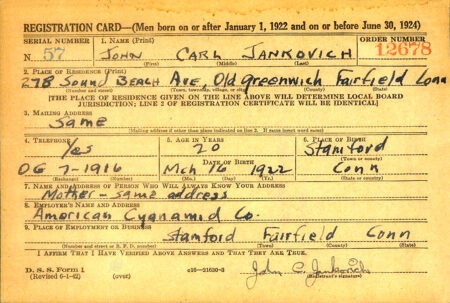
Warrant Officer SP1 John Jankovich
WANT TO RECOGNIZE A STAMFORD VETERAN?
 The Stamford Veterans Park Partnership is seeking more information on Stamford veterans. If you have a loved one whose service you’d like to recognize, please contact us by scanning the QR code here.
The Stamford Veterans Park Partnership is seeking more information on Stamford veterans. If you have a loved one whose service you’d like to recognize, please contact us by scanning the QR code here.